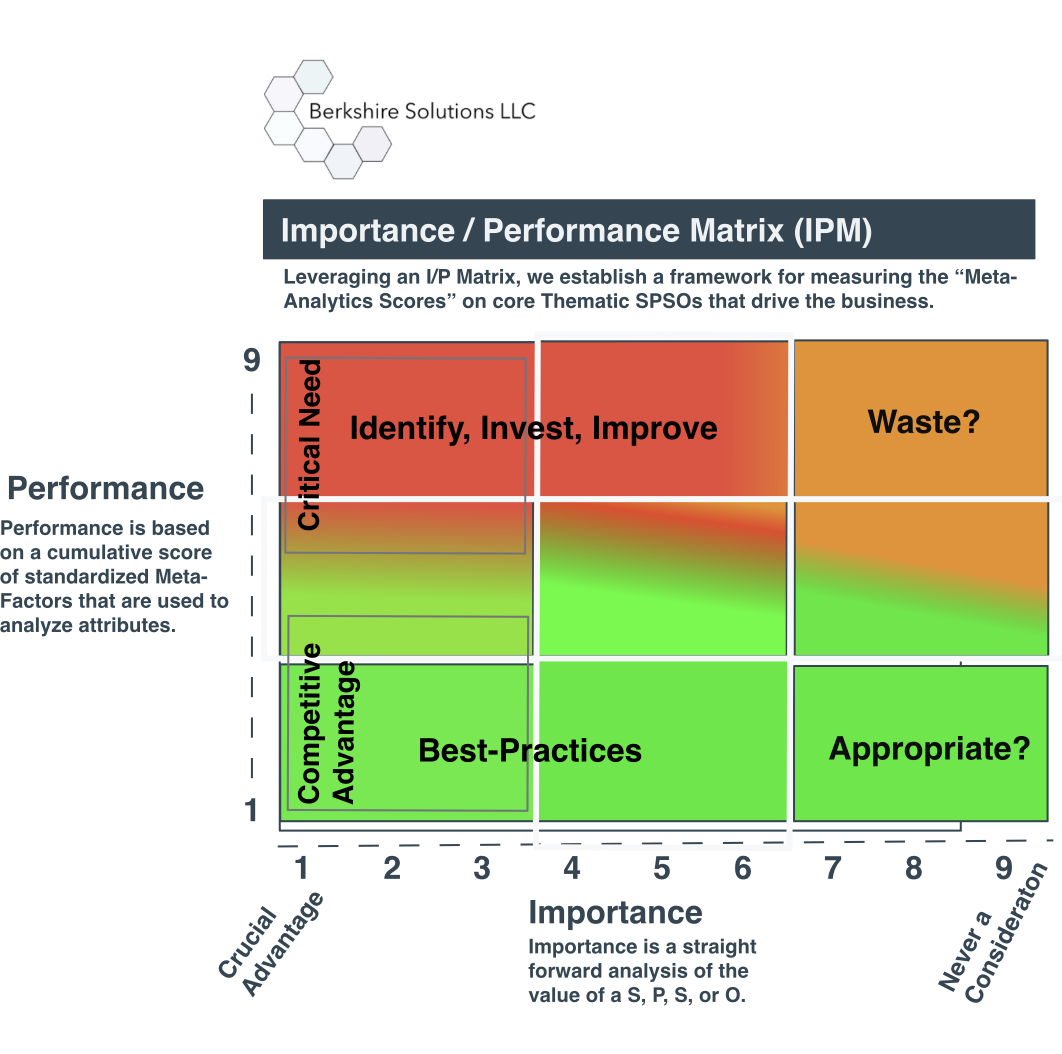🔧 Importance of a Process Framework within Complex Service Businesses
Published: September 28, 2024
By Mya Schaefer
In the fast-paced world of Service Providers and other service-driven businesses -- where every day feels like a fire drill -- maintaining operational continuity & efficiency can feel like an uphill battle. In businesses where services and offerings are the bread and butter the challenge is frequently driven by a dynamic client base and their unique needs. Where the business is driven to retool their services to client-specific issues, based on a client’s specialized equipment, diverse project requirements, and their need for IT services on-demand — it’s easy for operations to become chaotic without a clear framework in place.
As a former professional alpine ski racer on the U.S. Alpine Development Team, I learned firsthand the importance of discipline, focus, and strategic execution. On the slopes, every race presented new challenges, from the constantly shifting weather patterns to the varying course conditions. Success required not only a well-thought-out plan but also the ability and confidence to adapt quickly to dynamic and often unpredictable environments.

The same principles apply in business—especially in the world of IT Service Providers and other service-based operations. Just as in ski racing, where every second counts and the ability to adjust on the fly can make or break a race, navigating complex business processes demands agility, precision, and resilience. Implementing a structured framework like EOS ensures that, no matter the “weather” in the business world, your team remains focused, accountable, and prepared to tackle any challenges that come your way.
That’s where implementation of a Process Framework comes in. Whether it’s through EOS or another business methodology, having a framework in place will help your team develop the confidence they need to perform. As business or team leaders, it’s essential to recognize that employees want structure. Without it, they will question whether their contributions and decisions retain the support of the organization, leading to uncertainty, reduced confidence, which in turn impacts performance.
EOS isn’t just a set of tools—it’s a transformative framework that simplifies complex operations, bringing clarity, accountability, and control to businesses with multiple service layers. Even if you don't use EOS within your organization, you can still benefit by developing a framework for your organization's Systems, Processes, Services, and Offerings (SPSOs).
When implementing a metric or scoring model within a Complex Service Operations environment, the real challenge is identifying, defining, measuring, then integrating a framework system into existing workflows without disrupting ongoing operations. But when done right, the results are clear: framework & metrix surrounding core processes, empowers your teams, and better service delivery is the result.
Here are some key methods and ideas -- whether you’re using EOS or not – these are concepts that can help your business operations:
1. Systematize Processes: Create clear, repeatable processes that eliminate inefficiencies.
2. Focus on Accountability: Assign ownership of critical tasks, making sure nothing slips through the cracks.
3. Boost Operational Visibility: Gain insights into what’s working and what needs improvement in real-time, whether it’s tickets or tasks, enhancing your insight into how your team is performing, in the now and overtime, gives you the data-opportunity to improve.
4. Thematic SPSOs Identification: Align Systems, Processes, Services, and Offerings (SPSOs) – all tasks, projects, and cross-department activities -- under clear themes to ensure that cross-department efforts are moving toward the same unified business goals & vision, providing consistency and cohesion across the organization.
5. Meta-Analysis of SPSOs: Continuously evaluate and refine your processes through a meta-analysis approach, develop relevant 6 to 8 performance oriented assessment questions to identifying your best practices and bottlenecks to improve overall performance and long-term scalability.
6. Importance/Performance Matrix (IPM): Using your scores from step 5, leverage an IPM to rank your SPSOs consistently. (See Importance / Performance Matrix below).
To effectively perform such an analysis and to implement a process framework, consider hiring an external process auditor to evaluate your internal operations, to help establish an analytical framework capable of identifying both the quantitive and qualitative data central to understanding end-to-end performance issues within your business operations.


Adopting a framework within a service business might be challenging at first, but with the right implementation, your organization will be poised to move away from chaos & inefficiencies towards growth and scalability.
Curious about how an EOS Process framework can work within your service business?
Let’s chat about transforming your operations today! Look us up on LinkedIn or use our Contact Us page.
#EOS #BusinessOptimization #MSP #OperationalEfficiency #ProcessImprovement #BerkshireSolutions #ITConsulting #ScalingBusiness
